-
 Bitcoin
Bitcoin $108,708.8110
0.60% -
 Ethereum
Ethereum $2,561.6057
1.91% -
 Tether USDt
Tether USDt $1.0001
-0.03% -
 XRP
XRP $2.2795
0.57% -
 BNB
BNB $662.2393
1.00% -
 Solana
Solana $153.1346
3.74% -
 USDC
USDC $1.0000
0.00% -
 TRON
TRON $0.2877
0.97% -
 Dogecoin
Dogecoin $0.1710
3.93% -
 Cardano
Cardano $0.5871
1.61% -
 Hyperliquid
Hyperliquid $39.6663
1.68% -
 Sui
Sui $2.9032
0.79% -
 Bitcoin Cash
Bitcoin Cash $496.1879
1.71% -
 Chainlink
Chainlink $13.5807
3.01% -
 UNUS SED LEO
UNUS SED LEO $9.0777
0.61% -
 Stellar
Stellar $0.2514
4.51% -
 Avalanche
Avalanche $18.1761
1.86% -
 Shiba Inu
Shiba Inu $0.0...01173
1.72% -
 Toncoin
Toncoin $2.8010
-4.23% -
 Hedera
Hedera $0.1594
3.21% -
 Litecoin
Litecoin $87.0257
-0.53% -
 Monero
Monero $319.1217
1.79% -
 Polkadot
Polkadot $3.3853
0.68% -
 Dai
Dai $0.9999
-0.01% -
 Ethena USDe
Ethena USDe $1.0003
0.02% -
 Bitget Token
Bitget Token $4.3420
-0.97% -
 Uniswap
Uniswap $7.3772
1.39% -
 Aave
Aave $286.6277
5.61% -
 Pepe
Pepe $0.0...09994
2.33% -
 Pi
Pi $0.4589
1.76%
What is LBank's forced liquidation mechanism?
LBank's forced liquidation mechanism protects the platform and users from leveraged trading risks by automatically closing positions when account balances fall below required margins.
Apr 24, 2025 at 07:35 pm
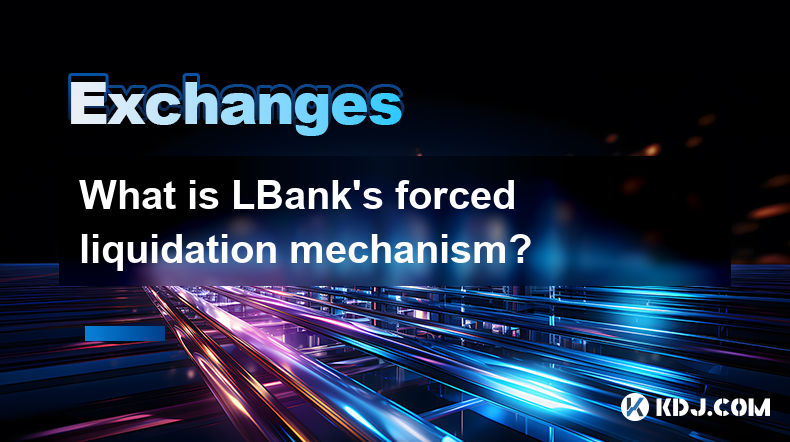
LBank, a prominent cryptocurrency exchange, implements a forced liquidation mechanism to protect both the platform and its users from the risks associated with leveraged trading. This mechanism is crucial for maintaining market stability and ensuring that traders adhere to the platform's rules and regulations. In this article, we will delve into the intricacies of LBank's forced liquidation mechanism, explaining how it works, why it is necessary, and what traders need to know to navigate this process effectively.
What is Forced Liquidation?
Forced liquidation is a process where a trading platform automatically closes a trader's position when certain conditions are met. These conditions typically involve the trader's account falling below a required margin level due to market movements against their position. The primary goal of forced liquidation is to mitigate the risk of negative account balances, which could lead to losses for both the trader and the exchange.
How Does LBank's Forced Liquidation Mechanism Work?
LBank's forced liquidation mechanism is designed to be efficient and transparent. When a trader opens a leveraged position, they must maintain a certain amount of margin in their account. If the market moves against the trader's position and the account balance falls below the maintenance margin level, LBank's system will initiate the forced liquidation process.
- Monitoring Account Balances: LBank continuously monitors the account balances of all traders with open positions. If the account balance dips below the required margin level, the system flags the account for potential liquidation.
- Automatic Liquidation: Once the account is flagged, LBank's system automatically calculates the necessary actions to close the position. This involves selling or buying assets to cover the shortfall and restore the account to a safe margin level.
- Notification: Traders receive notifications via email or the LBank platform about the forced liquidation. This ensures that traders are aware of the actions taken and can adjust their strategies accordingly.
Why is Forced Liquidation Necessary?
Forced liquidation is essential for several reasons. Firstly, it protects the exchange from the risk of default by traders. If a trader's account balance becomes negative, the exchange could be left covering the losses, which is unsustainable in the long run. Secondly, it helps maintain market stability by preventing large, uncontrolled losses that could affect other traders and the overall market.
Key Parameters in LBank's Forced Liquidation Mechanism
Understanding the key parameters that trigger forced liquidation is crucial for traders. LBank uses several metrics to determine when to liquidate a position:
- Initial Margin: This is the amount of capital a trader must deposit to open a leveraged position. The initial margin requirement varies based on the asset and the leverage level.
- Maintenance Margin: This is the minimum amount of equity that must be maintained in the account to keep the position open. If the account balance falls below this level, the position is subject to forced liquidation.
- Liquidation Price: This is the price at which the forced liquidation will occur. It is calculated based on the position size, leverage, and current market price. Traders can monitor their liquidation price to understand their risk exposure.
How to Avoid Forced Liquidation on LBank
While forced liquidation is a necessary part of trading on LBank, traders can take steps to minimize the risk of it happening:
- Monitor Positions Closely: Regularly check your account balance and the market price of your assets. Use LBank's trading tools to set alerts for when your position approaches the liquidation price.
- Use Stop-Loss Orders: Implementing stop-loss orders can help limit potential losses. These orders automatically close your position at a predetermined price, preventing your account from falling below the maintenance margin.
- Adjust Leverage: High leverage increases the risk of forced liquidation. Consider using lower leverage levels to reduce the risk of your account balance falling below the required margin.
- Diversify Your Portfolio: Spreading your investments across different assets can help mitigate the risk of a single position triggering forced liquidation.
What Happens After Forced Liquidation?
After a forced liquidation occurs, several steps take place to ensure the process is completed smoothly:
- Position Closure: The system closes the position at the best available market price. This might result in a loss for the trader, but it prevents further losses.
- Account Adjustment: The account balance is adjusted to reflect the outcome of the liquidation. Any remaining funds are credited to the trader's account.
- Review and Feedback: LBank provides detailed information on the liquidation process, including the reasons for liquidation and the final outcome. Traders can review this information to understand what went wrong and how to improve their trading strategy.
Impact of Forced Liquidation on Traders
Forced liquidation can have significant impacts on traders, both financially and emotionally. Understanding these impacts can help traders better prepare for and manage the risks associated with leveraged trading.
- Financial Impact: The most immediate impact is the potential loss of capital. When a position is liquidated, the trader may lose part or all of their initial margin. This can be a significant setback, especially for those new to trading.
- Emotional Impact: Forced liquidation can be emotionally challenging, leading to stress and frustration. Traders may feel discouraged, but it's important to learn from these experiences and adjust strategies to prevent future liquidations.
- Learning Opportunity: Each forced liquidation provides valuable lessons. Traders can analyze what led to the liquidation and develop better risk management practices to avoid similar situations in the future.
Frequently Asked Questions
Q: Can I prevent forced liquidation by adding more funds to my account during a margin call?
A: Yes, if you receive a margin call notification, you can deposit additional funds into your account to bring it back above the maintenance margin level. This can prevent forced liquidation, but you must act quickly as market conditions can change rapidly.
Q: What happens if the market price moves against my position after a forced liquidation?
A: Once a position is liquidated, it is closed, and you no longer have exposure to that asset. Any subsequent market movements will not affect the liquidated position, but they may impact other open positions or your overall trading strategy.
Q: Is there a way to appeal a forced liquidation on LBank?
A: LBank's forced liquidation process is automated and based on predefined rules. While there is no direct appeal process, you can contact LBank's customer support for clarification on the liquidation details. They can provide insights into the specific circumstances that led to the liquidation.
Q: How often does LBank perform forced liquidations?
A: Forced liquidations occur as needed based on market conditions and individual account balances. There is no set frequency, but they are more likely to happen during periods of high market volatility when many traders' positions may be at risk of falling below the maintenance margin.
Disclaimer:info@kdj.com
The information provided is not trading advice. kdj.com does not assume any responsibility for any investments made based on the information provided in this article. Cryptocurrencies are highly volatile and it is highly recommended that you invest with caution after thorough research!
If you believe that the content used on this website infringes your copyright, please contact us immediately (info@kdj.com) and we will delete it promptly.
- Bitcoin Mempool at Historical Lows: Trouble on the Horizon?
- 2025-07-07 21:10:12
- CleanSpark Dominates Bitcoin Mining: 50 EH/s and Beyond
- 2025-07-07 21:50:12
- BitFuFu's Bitcoin Mining Momentum: Hashrate Expansion and Market Dynamics in 2025
- 2025-07-07 21:15:12
- Pi Network's Studio Upgrade: Building the Web3 App Store, One Pioneer at a Time
- 2025-07-07 21:50:12
- Jorhat's Jora Villa: A Coin-Curated Chronicle of Assam's History and Heritage
- 2025-07-07 21:55:12
- Dubai's Cashless Conquest: How Know-How Fuels the Future
- 2025-07-07 21:55:12
Related knowledge
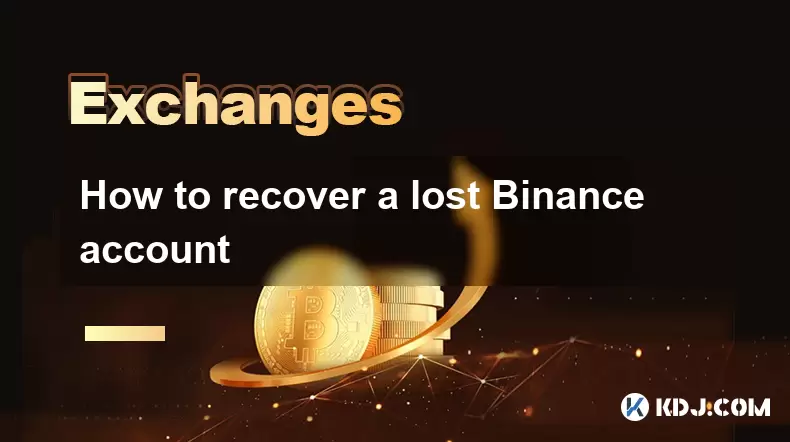
How to recover a lost Binance account
Jul 07,2025 at 09:07pm
What Happens When a Binance Account Is Lost?Losing access to your Binance account can be a distressing experience, especially if you hold significant digital assets. This typically occurs due to forgotten login credentials, loss of two-factor authentication (2FA) devices, or compromised accounts. Understanding the exact reason behind losing access is cr...

How to read Binance charts
Jul 07,2025 at 08:14pm
Understanding the Basics of Binance ChartsReading Binance charts effectively is essential for making informed trading decisions in the cryptocurrency market. Before diving into technical indicators and candlestick patterns, it's important to understand the basic layout of a chart on the Binance platform. The default chart interface displays price moveme...
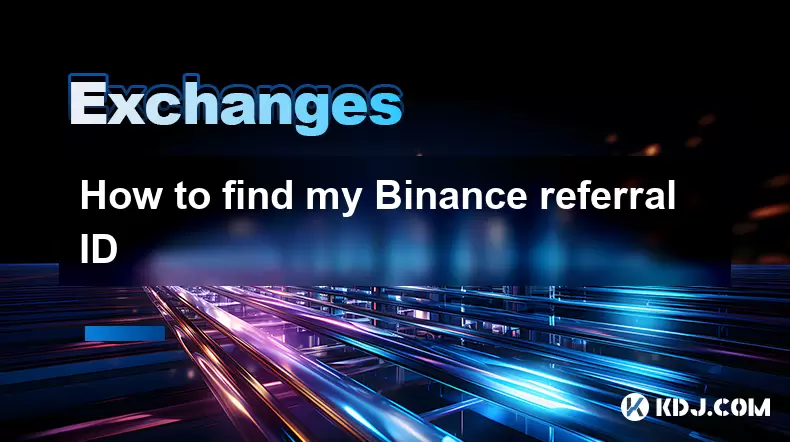
How to find my Binance referral ID
Jul 07,2025 at 06:29pm
What is a Binance Referral ID?A Binance Referral ID is a unique identifier assigned to each user on the Binance platform. This ID allows users to refer new traders to Binance and earn commissions from their trading fees. The referral program is an integral part of Binance’s ecosystem, encouraging community growth and rewarding active participants. Every...
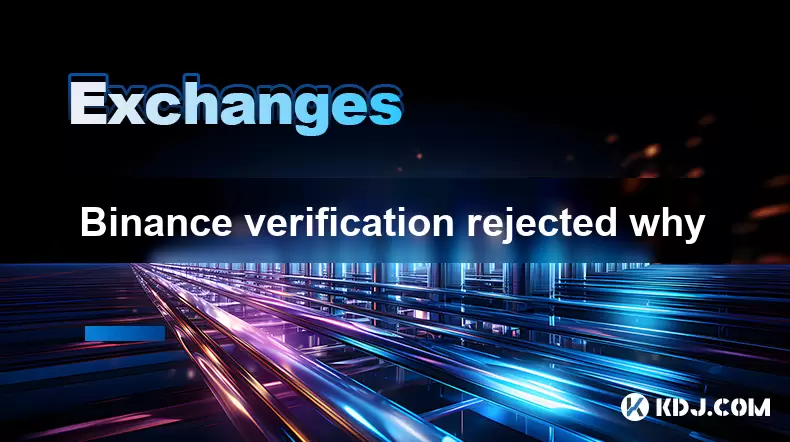
Binance verification rejected why
Jul 07,2025 at 06:57pm
Understanding Binance Verification RejectionIf your Binance verification was rejected, you're likely searching for answers on why this happened and how to resolve it. Binance, as one of the world's largest cryptocurrency exchanges, requires users to complete identity verification to comply with Know Your Customer (KYC) regulations. When a verification r...
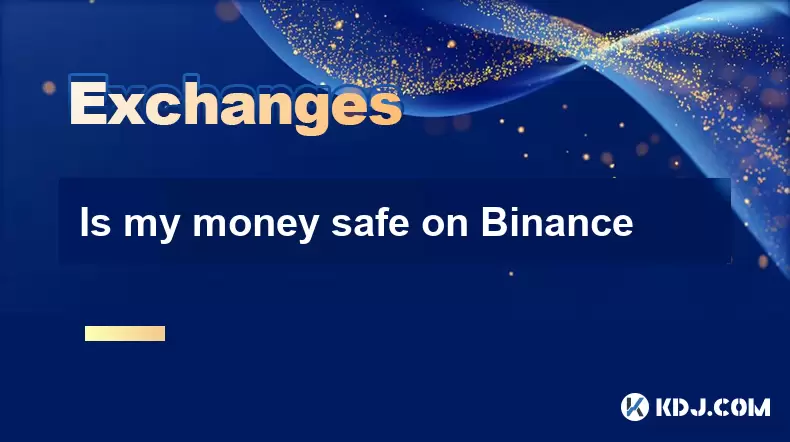
Is my money safe on Binance
Jul 07,2025 at 10:43pm
Understanding the Security Measures of BinanceWhen users ask, 'Is my money safe on Binance', they are typically concerned about the security protocols and trustworthiness of one of the world’s largest cryptocurrency exchanges. Binance has implemented multiple layers of security to protect user funds, including two-factor authentication (2FA), anti-phish...
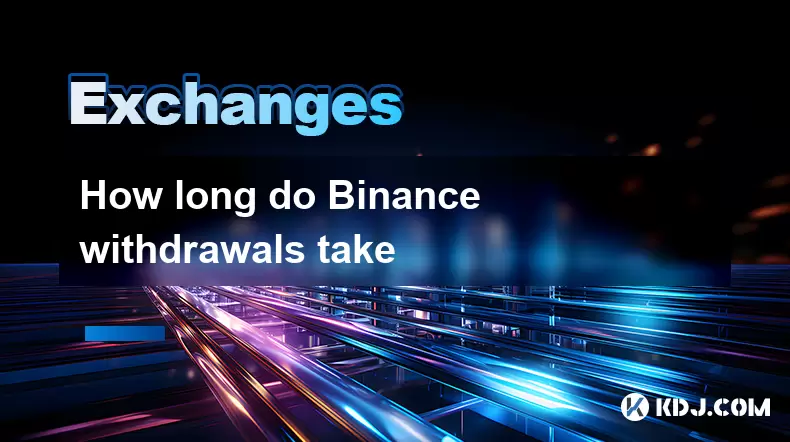
How long do Binance withdrawals take
Jul 07,2025 at 09:21pm
Understanding the Withdrawal Process on BinanceWhen users initiate a Binance withdrawal, they often wonder how long it will take for their funds to arrive at their destination wallet. The duration of a Binance withdrawal depends on several factors, including the cryptocurrency being withdrawn, network congestion, and blockchain confirmations required by...

How to recover a lost Binance account
Jul 07,2025 at 09:07pm
What Happens When a Binance Account Is Lost?Losing access to your Binance account can be a distressing experience, especially if you hold significant digital assets. This typically occurs due to forgotten login credentials, loss of two-factor authentication (2FA) devices, or compromised accounts. Understanding the exact reason behind losing access is cr...

How to read Binance charts
Jul 07,2025 at 08:14pm
Understanding the Basics of Binance ChartsReading Binance charts effectively is essential for making informed trading decisions in the cryptocurrency market. Before diving into technical indicators and candlestick patterns, it's important to understand the basic layout of a chart on the Binance platform. The default chart interface displays price moveme...

How to find my Binance referral ID
Jul 07,2025 at 06:29pm
What is a Binance Referral ID?A Binance Referral ID is a unique identifier assigned to each user on the Binance platform. This ID allows users to refer new traders to Binance and earn commissions from their trading fees. The referral program is an integral part of Binance’s ecosystem, encouraging community growth and rewarding active participants. Every...

Binance verification rejected why
Jul 07,2025 at 06:57pm
Understanding Binance Verification RejectionIf your Binance verification was rejected, you're likely searching for answers on why this happened and how to resolve it. Binance, as one of the world's largest cryptocurrency exchanges, requires users to complete identity verification to comply with Know Your Customer (KYC) regulations. When a verification r...

Is my money safe on Binance
Jul 07,2025 at 10:43pm
Understanding the Security Measures of BinanceWhen users ask, 'Is my money safe on Binance', they are typically concerned about the security protocols and trustworthiness of one of the world’s largest cryptocurrency exchanges. Binance has implemented multiple layers of security to protect user funds, including two-factor authentication (2FA), anti-phish...

How long do Binance withdrawals take
Jul 07,2025 at 09:21pm
Understanding the Withdrawal Process on BinanceWhen users initiate a Binance withdrawal, they often wonder how long it will take for their funds to arrive at their destination wallet. The duration of a Binance withdrawal depends on several factors, including the cryptocurrency being withdrawn, network congestion, and blockchain confirmations required by...
See all articles

























































































